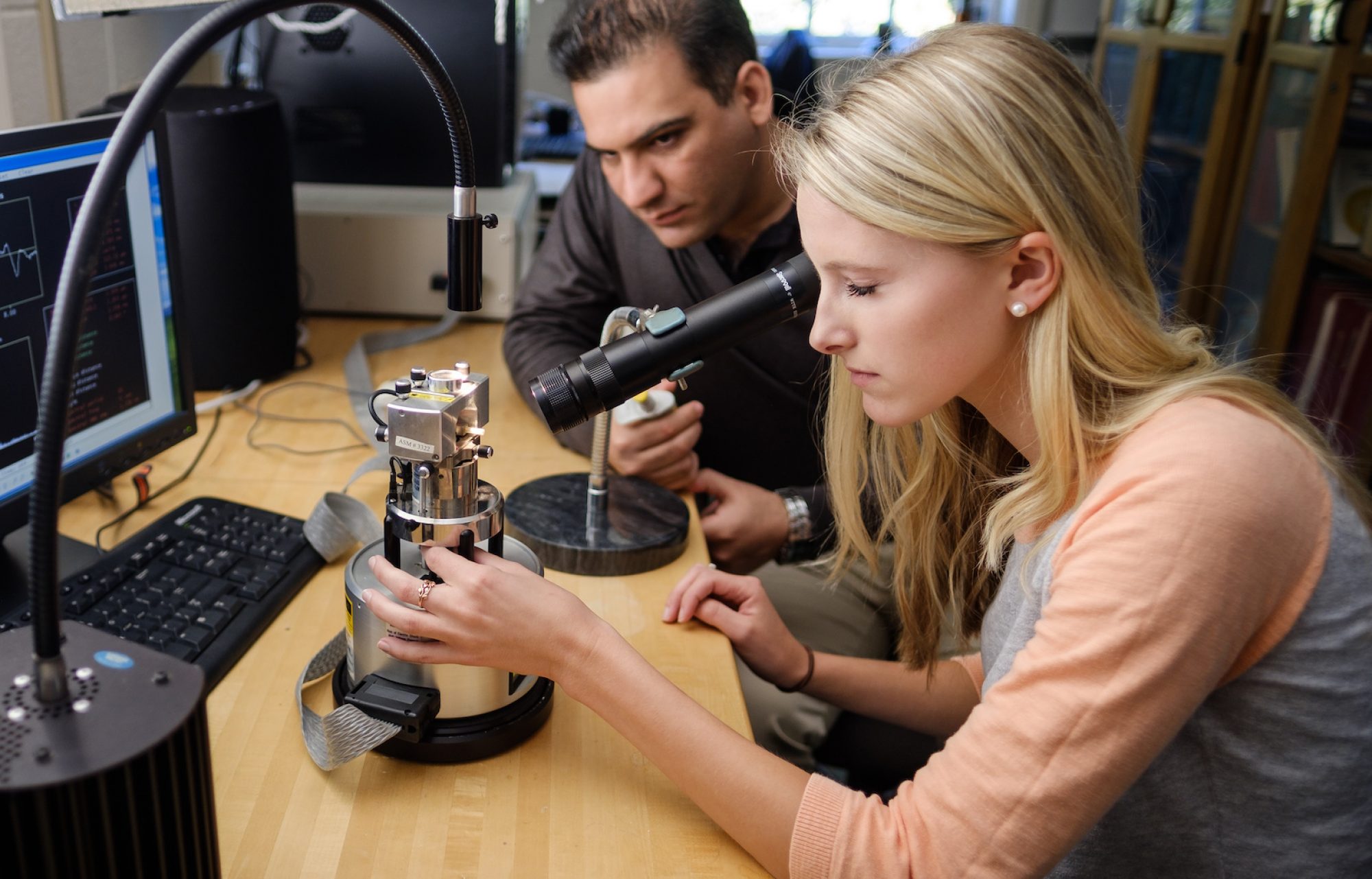Professor Hanli Liu, Professor of Bioengineering; Distinguished University Professor; Fellow, American Institute for Medical and Biological Engineering; University of Texas at Arlington
George P. Williams, Jr. Lecture Hall, (Olin 101)
Wed. Mar. 28, 2018, at 4:00 PM
There will be a reception with refreshments at 3:30 PM in the lounge. All interested persons are cordially invited to attend.
ABSTRACT
In recent years, different forms of non-invasive, transcranial brain
stimulations, such as transcranial magnetic stimulation (TMS),
transcranial direct current stimulation (tDCS) and transcranial
alternate current stimulation (tACS), have been investigated as
promising neuromodulation tools to treat a variety of neurological
brain disorders. Furthermore, transcranial photobiomodulation
(tPBM) using NIR laser or light emitting diodes (LEDs) has also
demonstrated promises to improve human memory and cognition.
However, underlying principles or mechanisms of these transcranial
brain stimulations are not well understood. It is urgent and
necessary to investigate stimulation-induced changes in cerebral
hemodynamics and brain circuitry.
In this talk, I will present three sub-topics of research in studying
tPBM by 1064-nm laser delivered on the human forehead: (1) A
brief review will be given to show statistically significant
enhancement of human cognition by 1064-nm laser over more than
300 human subjects. (2) Quantitative evidence on upregulation of
cerebral cytochrome-c-oxidase and hemodynamics in response to
tPBM will be explained. (3) Significant alterations in tPBM-induced
electrophysiological patterns across the entire human head,
determined by 64-channel EEG measurements, will be
demonstrated. For the last topic, I will also show what direction of
information flow occurs before, during, and after tPBM by applying
the Phase Transfer Entropy (PTE) analysis on multi-channel EEG
measurements. Overall, this talk intends to shed light on the
mechanism of action of tPBM, which may have great potential to
become a non-invasive, low-cost, intervention device for improving
human cognition in the near future.
